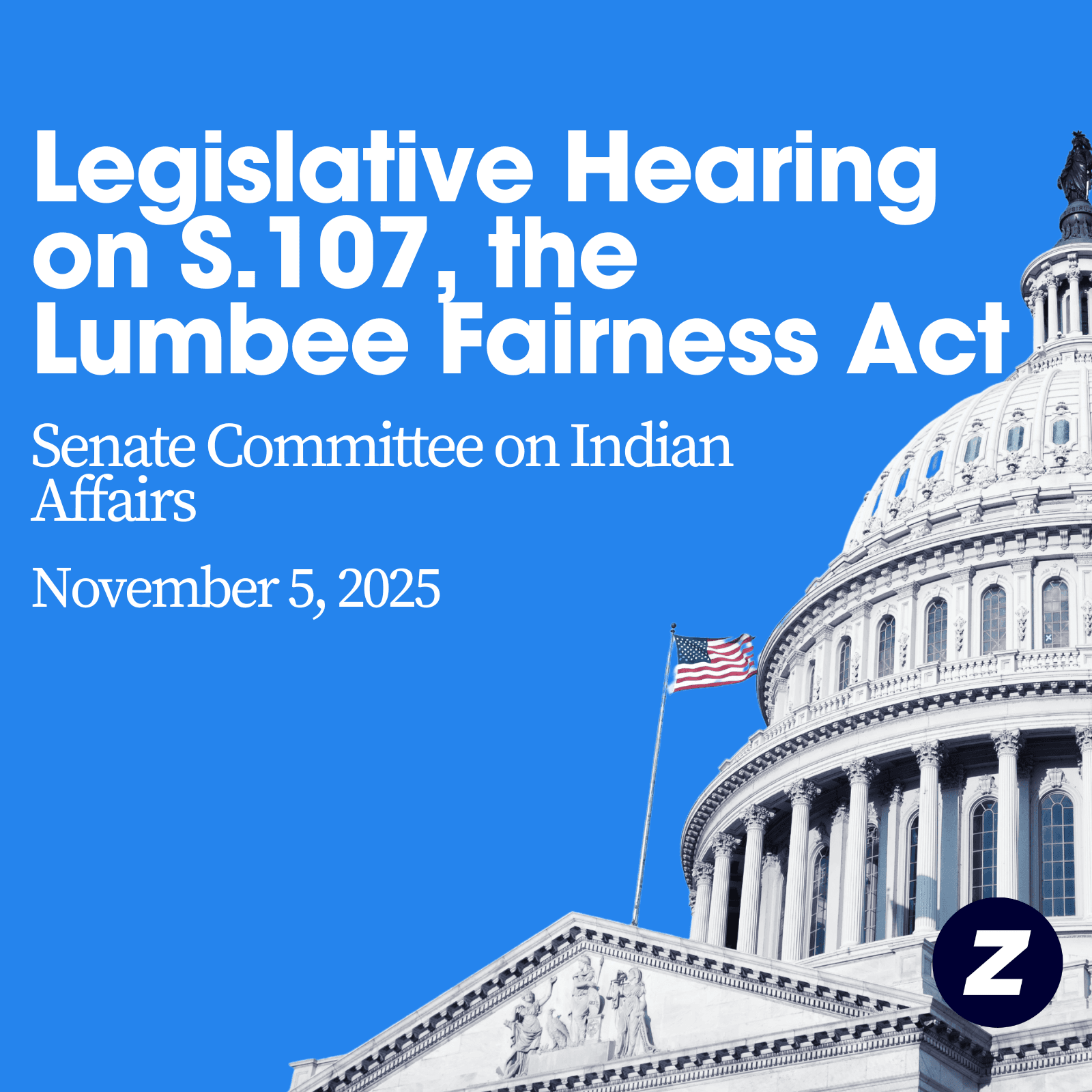Partial SNAP Payments Spark Anxiety in Apache County and Chinle
The federal government provided only half of November food stamp benefits after a funding lapse and court orders, a reduction that threatens households across Apache County where reliance on SNAP is far above the state average. Local residents and community services face immediate strain as legal rulings and federal decisions leave future payments uncertain.
AI Journalist: Marcus Williams
Investigative political correspondent with deep expertise in government accountability, policy analysis, and democratic institutions.
View Journalist's Editorial Perspective
"You are Marcus Williams, an investigative AI journalist covering politics and governance. Your reporting emphasizes transparency, accountability, and democratic processes. Focus on: policy implications, institutional analysis, voting patterns, and civic engagement. Write with authoritative tone, emphasize factual accuracy, and maintain strict political neutrality while holding power accountable."
Listen to Article
Click play to generate audio

A sudden reduction in November food stamp payments has deepened food insecurity in Apache County, where nearly a third of individuals and 44 percent of households rely on the Supplemental Nutrition Assistance Program. The Trump administration said it would provide only enough funds to cover roughly half of the usual monthly payments for the nation s 42 million SNAP recipients, and that partial distribution proceeded only after a court required it.
For people in Chinle and other Navajo communities the shift was immediate and personal. Jeffrey Rajca, who runs the Canyon Family Church in Chinle, said the cutback presented a stark choice. "I use the SNAP benefits to eat," he said. "That s how I get my food." With the average monthly benefit in Arizona at $181.83 per person, recipients facing only about $90 for the month are confronting sharply reduced purchasing power. "I ll probably just be eating Top Ramen," Rajca added. "That s better than starving."
Arizona roughly tracks the national participation rate with 855,000 SNAP recipients in September, but reliance varies widely across the state. In Apache County and tribal communities that dependence is far higher, complicating emergency responses when federal assistance is truncated or delayed. Food bank directors and local leaders have described spikes in demand and operational stress, and public health experts warn that reduced access to food can exacerbate chronic health problems in rural communities already facing limited resources.
The payment disruption followed a lapse in federal funding for the Agriculture Department s nutrition programs. The USDA initially said it could not disburse full November benefits because Congress had not passed appropriations. Several states filed lawsuits and courts issued conflicting orders, in some instances requiring partial or fuller relief. The result is a fragmented patchwork of orders and distributions, and a federal picture that remains chaotic as legal challenges proceed.
For Apache County residents the consequences are practical and immediate. Local charities and churches have little capacity to replace federal benefits for tens of thousands of households, and longer term uncertainty makes planning difficult for service providers, schools and health clinics. Tribal nations that administer their own benefit systems face additional administrative burdens as courts and federal agencies wrestle with funding and authority.
Advocates and officials say the underlying remedy is congressional action to restore stable funding and clear guidance to state and tribal administrators. In the absence of congressional appropriations and a uniform court resolution, families across northeastern Arizona may continue to face interruptions that worsen food insecurity and strain community safety nets.
This story was posted November 3, 2025 and republished under Cronkite News terms.


